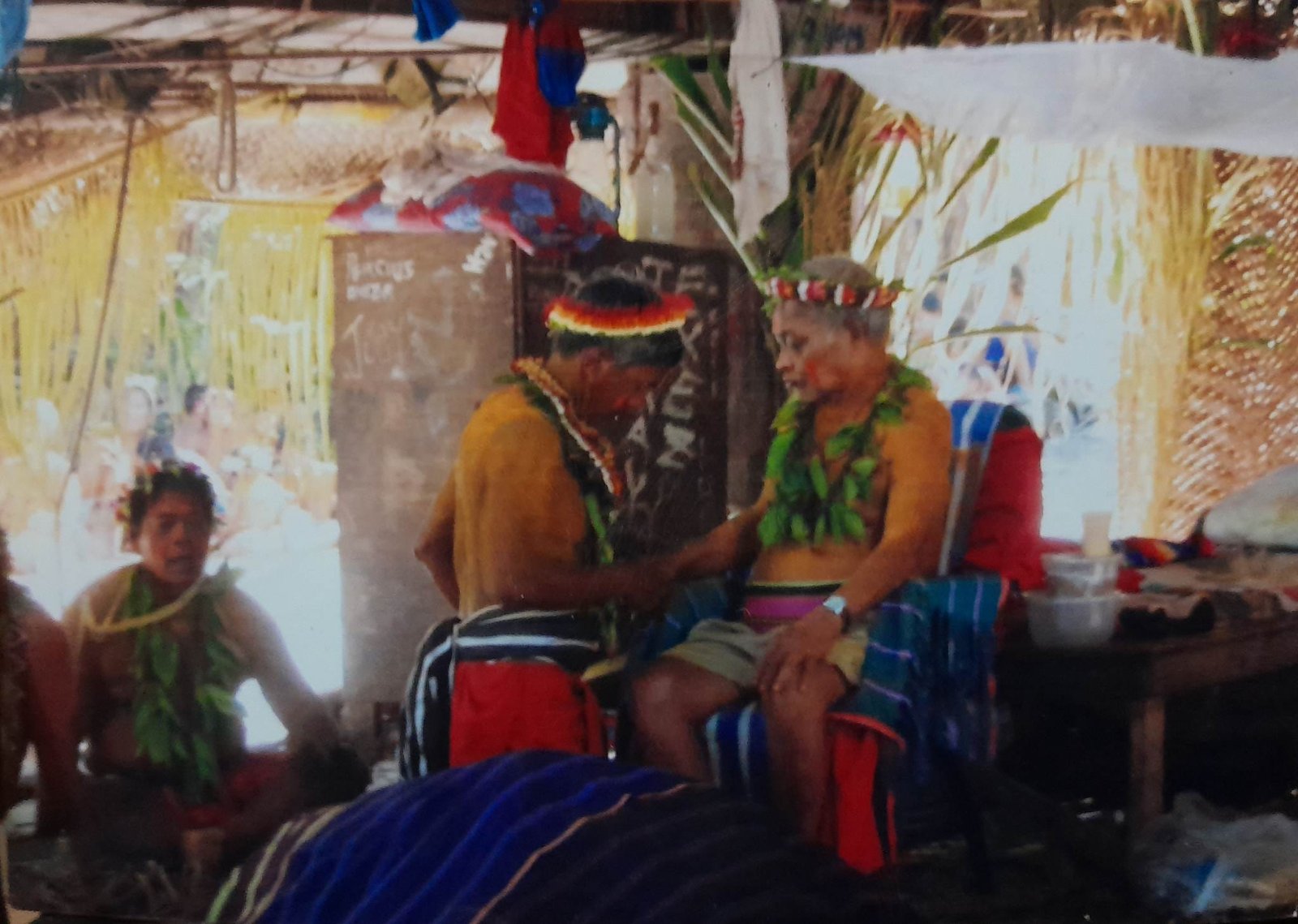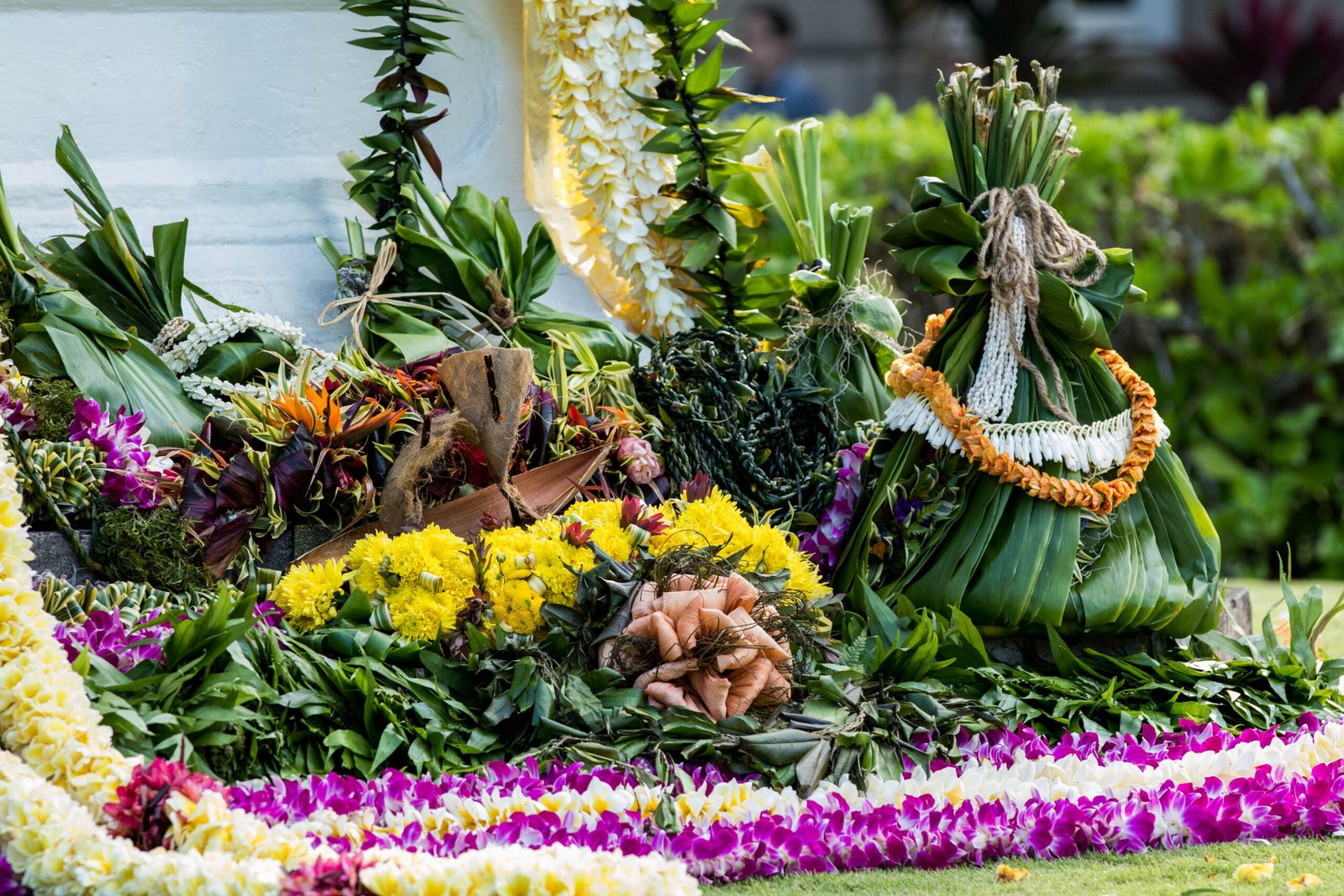There’s a certain magic that lingers in the Pacific air every May 1st, as Hawaii bursts into a bloom of color and celebration for Lei Day. But beneath the petals, songs, and joyful gatherings lies a deeper legacy: a powerful relationship between people and nature that has spanned centuries. Imagine standing on a cliff overlooking the ocean, fragrant lei in hand, while elders share ancient stories of the land and sea. These stories are not just legends—they are blueprints for survival. Today, as the world grapples with climate change and biodiversity loss, the wisdom woven into these island traditions is not just relevant—it’s revolutionary. In a world hungry for solutions, the islands’ age-old knowledge offers hope, inspiration, and guidance for conservationists everywhere.
The Heartbeat of the Islands: What Makes Traditional Knowledge Unique
Traditional island knowledge is more than just old tales handed down through generations. It’s a living system, crafted by keen observation and deep respect for natural cycles. Islanders have long understood that everything is connected: the rain that falls on the mountains nourishes the taro fields, which in turn feed the community. This interconnected worldview is at the heart of Hawaiian culture, where nature and people are seen as family, not separate entities. The wisdom encoded in chants, oral history, and daily practices often holds answers to questions modern science is only beginning to ask. This blend of practical know-how and spiritual understanding creates a unique approach that balances use and protection—an approach that modern conservationists are eager to learn from.
Stories as Science: How Legends Preserve Ecological Memory

Every legend and song sung on Lei Day carries hidden layers of ecological knowledge. For example, the Hawaiian mo‘olelo (stories) about the ‘aumākua, ancestral guardian spirits, serve as powerful reminders of kinship with certain animals and places. These stories teach which fish to catch in which seasons, warn against taking too much, and celebrate the return of migratory birds. In a sense, they act as a living archive of environmental data, accumulated over centuries. By listening to these legends, researchers today can uncover details about historical weather patterns, species abundance, and even past disasters. This treasure trove of information is proving invaluable as scientists try to piece together the islands’ environmental history and plan for its future.
Kapus and Conservation: Ancient Laws for Modern Times
Long before the word “conservation” existed, Hawaiian communities followed a system of kapu—sacred laws that governed interactions with the land and sea. These rules dictated when and where fishing or harvesting could occur, often based on lunar cycles and seasonal changes. Breaking a kapu was not just a legal offense; it was a violation of the balance between humans and nature. What’s truly remarkable is how effective these traditional regulations were. Modern studies have shown that areas managed under kapu often had more abundant fish populations and healthier reefs. Today, conservationists are reviving these time-tested practices, blending them with scientific monitoring to create management plans that are both culturally respectful and ecologically sound.
Restoring Fishponds, Restoring Hope

The ancient Hawaiian fishpond, or loko i‘a, is a marvel of sustainable engineering. Built with lava rock walls and intricate gates, these ponds allowed for the cultivation of fish in harmony with natural tides and currents. For centuries, they fed communities without depleting ocean resources. Over time, many fishponds fell into disrepair, but a passionate movement is underway to restore them. Community groups, scientists, and students now work side by side, rebuilding walls and replanting native vegetation. These restoration projects are more than ecological—they revive cultural pride and reconnect people with their heritage. The renewed fishponds not only provide food but also serve as living classrooms, inspiring new generations to value both tradition and innovation.
Heavenly Signs: Navigating by the Stars and Seasons

Long before GPS and weather forecasts, Polynesian navigators journeyed thousands of miles across the Pacific using only the stars, ocean swells, and the flight of birds. This remarkable skill, known as wayfinding, relies on deep familiarity with subtle environmental cues. Traditional calendars mark the changing seasons by observing plants, animals, and celestial events. For example, the blooming of certain flowers signals the arrival of specific fish in the reefs. Modern conservationists are rediscovering the value of these natural calendars, using them to predict changes in species behavior and adapt management strategies. By tuning into the rhythms of nature, islanders remind us that science and intuition can work hand in hand.
Guardians of the Forest: Protecting Native Species
The Hawaiian Islands are home to some of the rarest plants and animals on Earth, many found nowhere else. Traditional knowledge recognizes these species as kin, deserving of care and respect. Elders teach children to recognize native birds by their songs and to gather forest plants with gratitude, taking only what is needed. This ethic of stewardship is woven into everyday life—a stark contrast to the extractive practices that have threatened so many island ecosystems. Recent conservation efforts have drawn heavily on these teachings, enlisting local communities as guardians of forests, wetlands, and coastlines. The result is not just better protection for endangered species but also a renewed sense of responsibility and belonging among the people.
Water Wisdom: Managing Sacred Streams and Wetlands

In Hawaiian culture, water is more than a resource—it is a living ancestor, revered and protected through ritual and custom. Ancient irrigation systems, known as ‘auwai, channeled streams to nourish taro fields while maintaining the health of the watershed. These systems required constant care and cooperation, reinforcing communal ties. Today, as drought and pollution threaten freshwater supplies, conservationists are revisiting traditional water management practices. Restoring native plants along stream banks, reviving ancient ‘auwai, and involving local families in stewardship have all proven effective in safeguarding precious water resources. This holistic approach recognizes that environmental health and community well-being are inseparable.
Traditional Agriculture: Feeding People, Healing Land
Hawaiian agriculture was once a model of sustainability, with crops like kalo (taro), sweet potato, and breadfruit grown in complex systems that mimicked natural ecosystems. Farmers used intercropping, mulching, and crop rotation to maintain soil fertility and prevent pests. These methods not only fed large populations but also kept the land resilient in the face of storms and droughts. With a growing interest in regenerative agriculture worldwide, scientists and farmers are turning back to these traditional techniques. By integrating time-honored practices with modern research, they are finding new ways to grow food that nurtures both people and the planet.
Cultural Resurgence: Reviving Language and Identity
Conservation is not just about saving species—it’s about preserving languages, stories, and identities. In recent years, Hawaiian language immersion schools and cultural programs have played a vital role in reconnecting youth with their heritage. Learning traditional chants, dances, and names for plants and animals deepens understanding and respect for the environment. This cultural resurgence is creating a generation of leaders who are as comfortable in the mountains and reefs as they are in classrooms and labs. Their voices are shaping policies and projects, ensuring that conservation is guided by both ancestral wisdom and scientific insight.
Bridging Worlds: Scientists and Elders Working Together
Perhaps the most inspiring development in island conservation is the growing partnership between scientists and traditional knowledge holders. Instead of seeing each other as rivals, many now work as allies, sharing data and stories to solve complex environmental challenges. For example, joint monitoring of fish populations combines underwater surveys with fishermen’s observations, leading to more accurate assessments. Elders are invited to guide restoration projects, offering advice on planting, harvesting, and ceremony. This respectful exchange builds trust and breaks down barriers, creating solutions that honor both tradition and innovation.
Lei Day’s Living Lesson: A Future Rooted in Aloha

As lei are woven and shared each May, they symbolize more than celebration—they represent the unbreakable bond between people and the land. Lei Day’s rituals remind us that conservation is not just a job for scientists or officials, but for everyone who loves and depends on the natural world. By embracing traditional island knowledge, we find not only practical answers but also a sense of purpose and belonging. The legends and lessons of the islands offer hope in a changing world, showing that the path to sustainability is paved with respect, gratitude, and aloha.




